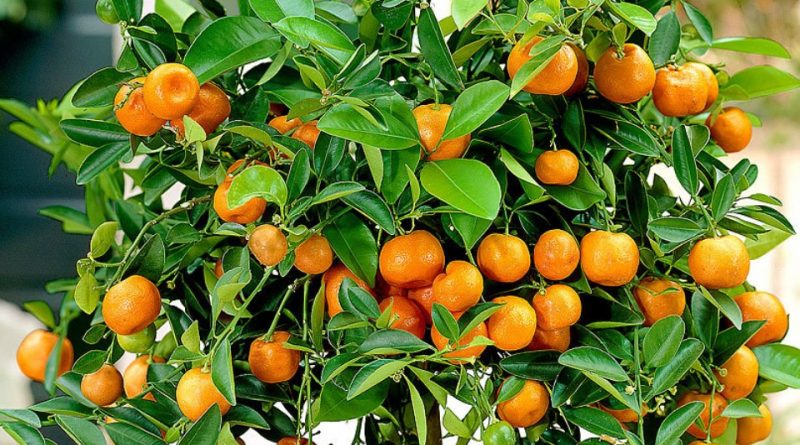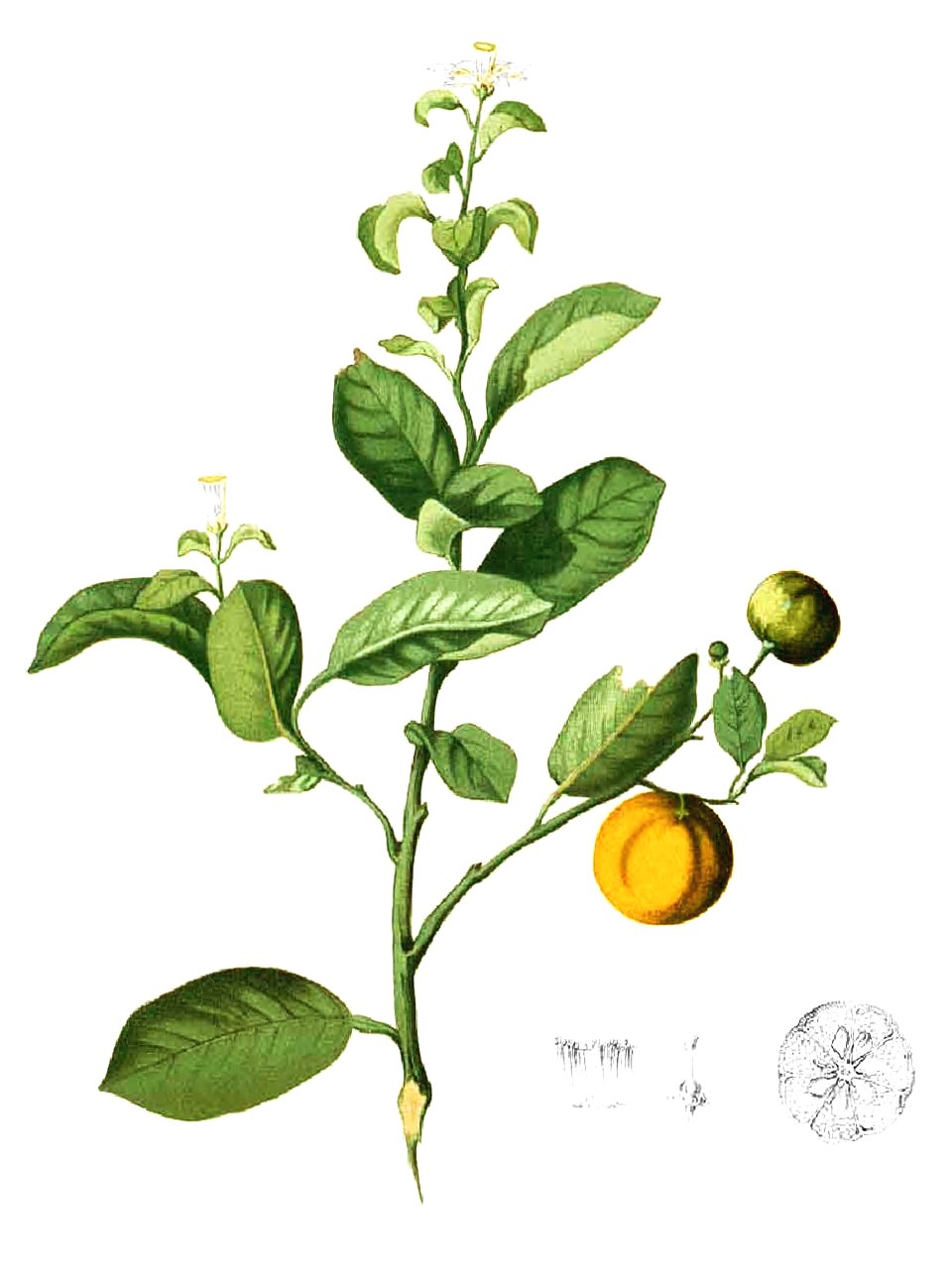Citrus × microcarpa
Citrus × microcarpa
The golden lime (Citrus × microcarpa) is an intragenerico hybrid between the Citrus reticulata and the Citrus japonica, therefore belonging to the Rutaceae family.
Systematics –
From the systematic point of view it belongs to the Eukaryota Domain, United Plantae, Magnoliopsida Class, Subclass Rosidae, Sapindales Order, Rutaceae Family, Aurantioideae Subfamily, Citreae Tribe and therefore to the Citrus Genus and to the C Species x micro carp.
They are synonyms and obsolete terms:
– Citrus mitis Blanco;
– Citrus microcarpa Bunge;
– Citrus madurensis Lour;
– x Citrofortunella mitis;
– x Citrofortunella micro carp.
Etymology –
The term Citrus is the Latin name of the cedar and lemon, coming from the Greek greek κέδρος kédros cedar and κίτρον kítron lemon.
The specific microcarpa epithet comes from the Greek μικρός small micrós and from καρπός carpόs fruit: that is from small fruits.
Geographical Distribution and Habitat –
Citrus × microcarpa has origins that coincide with those of the two species that generated it and is a widespread plant in the Philippines, in south-east Asia, in India, in Hawaii, in the Antilles and in Central and North America.
Description –
Golden lime is a shrub or small tree plant that can grow up to 3–6 meters.
The leaves have two appendages at the base of the petiole, while the flowers are white-purple.
The fruit is similar from a small ball, with a diameter of 25-35mm and which can even reach 45mm.
Both the pulp and the juice are orange, looking like a mandarin. The fruit contains from 8 to 12 seeds.
Cultivation –
For the cultivation of this citrus fruit it must be taken into account that it is a plant sensitive to extreme or prolonged cold and therefore its culture area can be limited to tropical and subtropical climates. Given its size, it is still possible to grow it in large pots so that it can be moved indoors during the winter.
This plant develops well in sandy soils, rich in organic substance and without stagnation. The grafted plants bear fruit in one or two years after planting and have a life that can go even beyond forty years.
Uses and Traditions –
Golden lime is a citrus fruit grown in the West mainly as an ornamental tree, rather than as a food.
Golden lime is known by several names, including: calamonding, calamondin orange, calamansi, calamandarin, kalamunding, kalamansi, Philippine lime, “හින්නාරං”, Panama orange, Chinese orange, musk orange and acid orange.
Today Citrus × microcarpa is cultivated above all in the Philippines, in Malaysia, in the northern parts of neighboring Indonesia and in southern China. In the Philippines, it is available throughout the year and is commonly found in the unripe, not completely mature form. There is a regular orange variety that presents instead an external coloring with green stripes on a yellow fruit.
The fruits are generally sour and are used above all after cooking.
In general, the fruits of the calamondino are used to flavor foods and drinks.
The taste of the fruit is rather sour, even if the skin is sweet. Consuming the whole fruit gives a surprising sensation of sweet and sour and, like all citrus fruits, the golden lime is also rich in vitamin C.
Golden lime has a significant amount of essential oils in the peel. These are extracted by steam distillation, alternatively cold pressing or centrifugation is used. Calamondino essential oil – in addition to some local therapeutic uses – is widely used as a substitute for lemon or lime essential oil.
Preparation Mode –
With the fruits of Citrus × microcarpa excellent jams can be prepared in the same way as those of orange are produced.
The fruit can be frozen and used whole as an ice cube to flavor beverages like tea, water or cocktails. The juice can replace that of Persian lime (Citrus x latifolia). The juice is extracted by pressing the whole fruit from which a pleasant aromatic drink is obtained, similar to lemonade, frequently offered as a refreshing drink in restaurants.
From the whole fruits, a liqueur is also obtained, which is used in combination with vodka and sugar.
In East Asian countries, the juice of unripe fruits is used to season fish, duck and pork. In Filipino cuisine, in particular, it is very common in dishes such as rice noodles (pancit) and in congee, or as sawsawan sauce made of “calamansi juice” and soy sauce, for fish, spring rolls, ravioli steamed and various types of meat.
The fruits of this citrus fruit are also used in some local preparations of northern Indonesia, particularly in the area of northern Sulawesi. The fish are sprayed with the juice before being cooked to eliminate the “fishy” smell. The kuah asang (“sour soup”) is a clear fish broth flavored with calamondino juice.
Guido Bissanti
Sources
– Acta Plantarum – Flora of the Italian Regions.
– Wikipedia, the free encyclopedia.
– Treben M., 2000. Health from the Pharmacy of the Lord, Advice and experiences with medicinal herbs, Ennsthaler Editore
– Pignatti S., 1982. Flora of Italy, Edagricole, Bologna.
– Conti F., Abbate G., Alessandrini A., Blasi C. (edited by), 2005. An annotated checklist of the Italian vascular flora, Palombi Editore.
Attention: Pharmaceutical applications and food uses are indicated for informational purposes only, do not in any way represent a medical prescription; therefore no responsibility is assumed for their use for curative, aesthetic or food purposes.


